09:00 - River Gurara Popa & River Gurara Proa (Saída Dupla)
August 02
Find the perfect diving experience
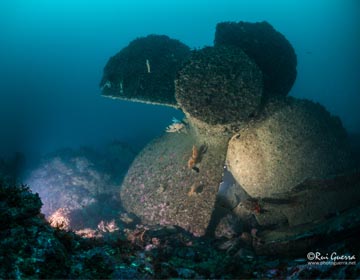
August 02
From Arrábida to Cape Espichel, the green
combines perfectly with the blue of the sea.

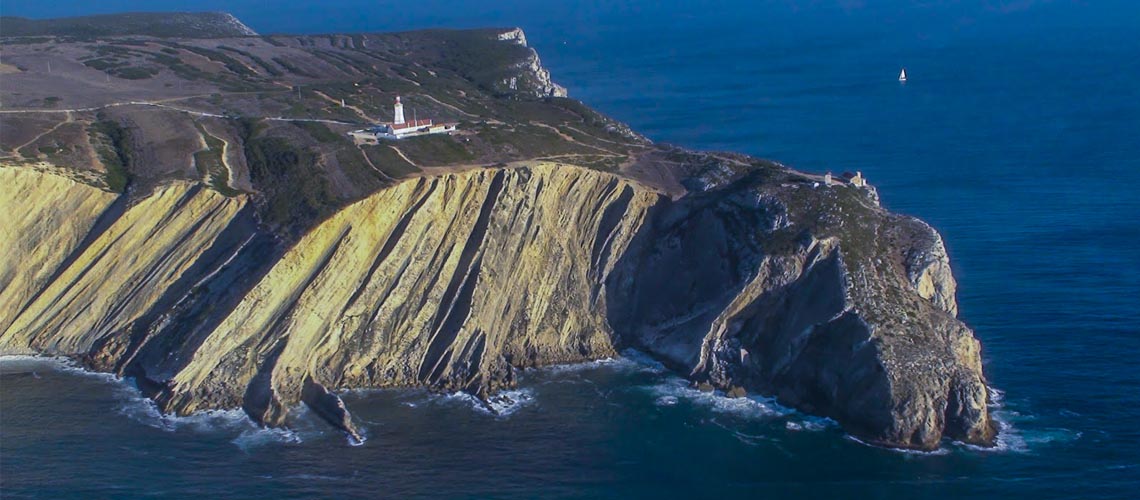
The municipally of Sesimbra belongs to Setúbal’ district in Lisbon region (NUTII). It occupies one area of 195,7 km2 and includes 3 villages: Santiago, Castelo e Quinta do Conde.
The municipally had, in 2005, 42 076 habitants. Is limited to the north by the municipalities of Almada and Seixal, at west by Setubal and South by Atlantic Ocean.
It has a Mediterranean climate with a dry period around 80 to 100 days during Summer which average temperature ranges from 23ºC and 29ºC. In winter, temperat
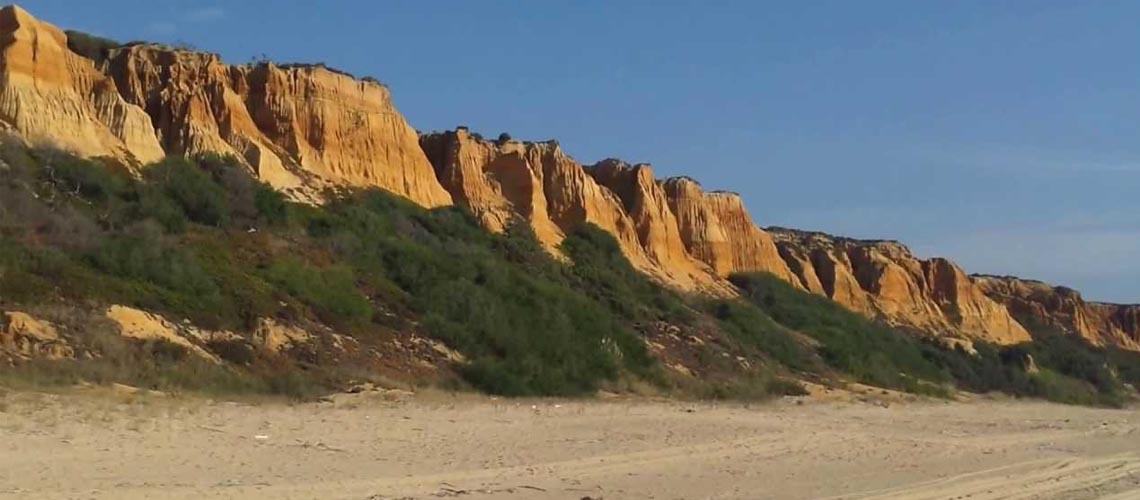
The morphology of Sesimbra is marked by Serra de Arrábida with 501m of altitude and Serra dos Pinheirinhos.
In these lands, we highlight the protected area of Arriba Fóssil Costa da Caparica and it extends almost to the lagoon in Albufeira. It has a fauna and flora very important.
We also highlight the Natural Park of Arrábida that includes areas of integral and partial reserve.
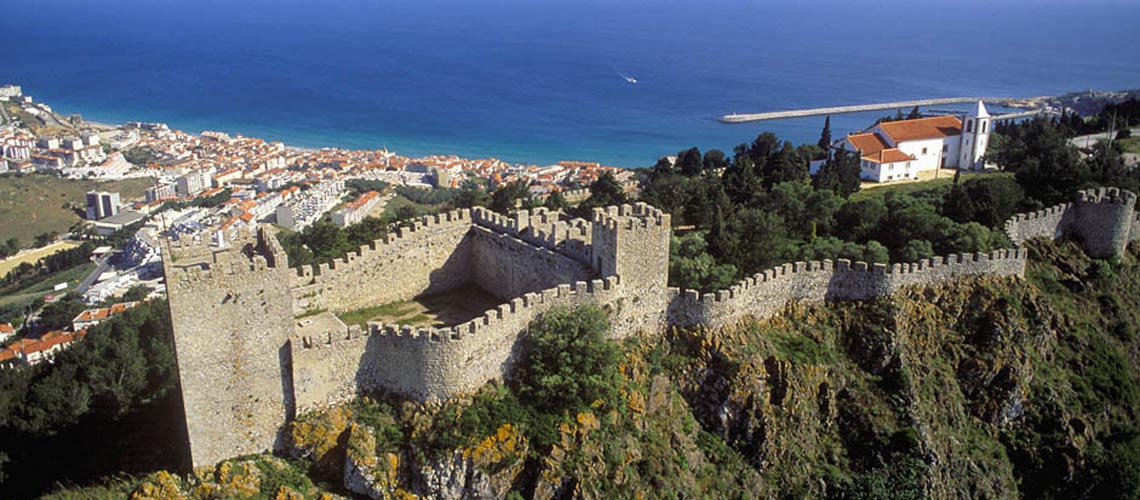
In the lands of Sesimbra were found several fossil remains of dinosaurs, namely in the cliffs of Cape Espichel.
The lands of this county were conquered, at the end of century XII, to the Moors by D. Sancho I, aided by Frankish crusaders. In 1201, he was granted a charter by D. Sancho I, and in 1260, they were donated to the Knights of the Order of Sant'Iago.
In 1323, D. Dinis elevated it to Vila, being an important port of fishing, namely big fishing.
At the beginning of the eighteenth century, Sesimbra began to gain a fancy and development linked to the summer, resulting in a whole set of hostels for lodging the tourists and also the pilgrims who demanded the shrine of Our Lady of the Cape.
At the level of the architectural heritage, the castle of Sesimbra stands out, in which it is important to highlight the tower, the lines of the walls and its interior, where you can observe, among other structures, the silo sets excavated in the ground with chronologies Between the Muslim period and the Modern Age, in addition to a mill.
Also worthy of note is the Fort of Santiago, in whose patio you can still see a large painting on wood, from the mid-seventeenth century, which represents Saint Iago on a steed, investing, sword in hand, over a group of Castilians.
The Church of Santa Maria do Castelo, dated 1160, was rebuilt in the Mannerist style in the 18th century, and the Sanctuary of Our Lady of Cape Espichel, whose earliest reference dates back to the 12th century and, more surely, to the beginning of the XV century. They are an example of Portuguese popular architecture with the Church of Nossa Senhora do Cabo and Casa dos Círios. The two bodies that flank the church are traversed by arcaria that give monumentality to the whole. The facade of the church has three doors with pediment in half - shell, flanked by two bell towers. There are religious traditions in the place, known by the cape of Santa Esperança. It is assumed that the cult is of Islamic origin, having been later Christianized.
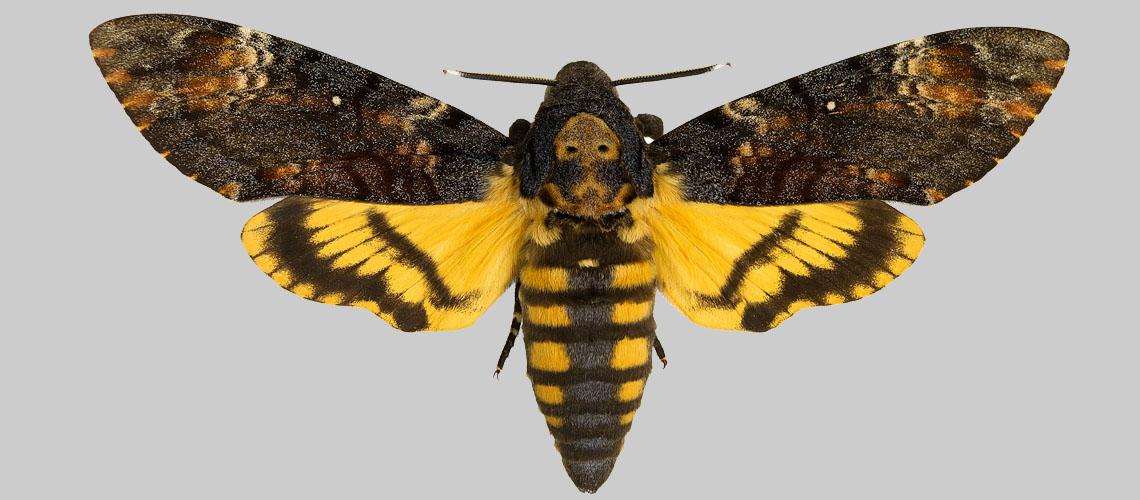
The Arrábida protected area has become the habitat for a wide variety of fauna species, including about 650 invertebrates and 200 vertebrates that include 12 amphibians, 17 reptiles, 34 mammals and 136 birds.
There are birds of prey that nest on the cliffs as the Bonelli's eagle Hieraaetus fasciatus, the buteo Buteo buteo and the common kestrel Falco tinnunculus. Cabo Espichel is part of the preferred routes for migrating birds.
Bats use the cliffs caves as shelter for reproduction and hibernation. Some bats species are in extinction danger as the bat of plush Miniopterus scheibersii.
It is also important to mentioning the presence of the fox Vulpes vulpes, the weasel Mustela nivalis and the genet Genetta genetta.
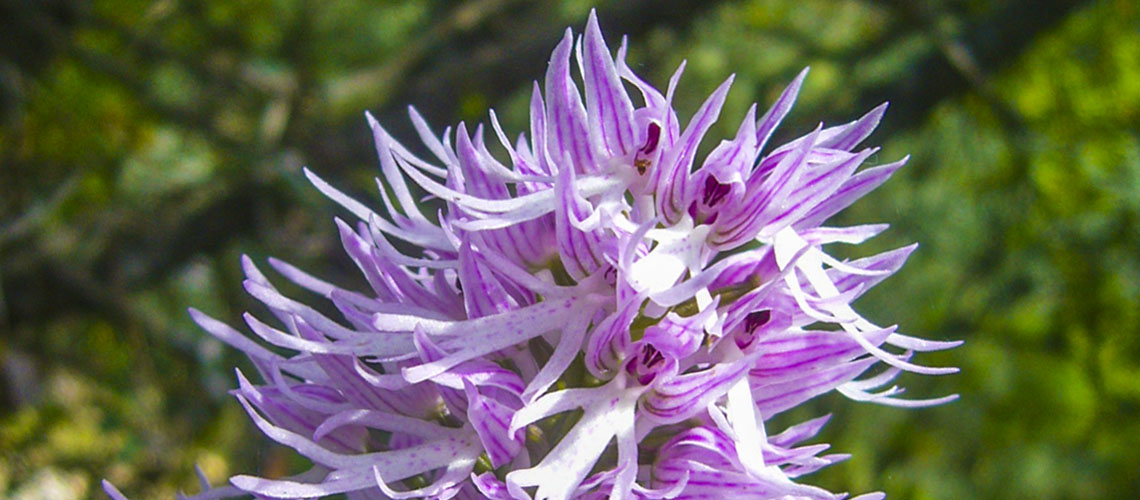
The privileged geographic location associated with the geological and climatic conditions in this hillside allowed the development of a vegetation with unique characteristics which represent an important role in national and international conservation.
Until now 1450 species and subspecies of plants have been found in the Arrábida natural park, most of them with Mediterranean distribution, but also Macaronesian and some Eurosiberian species.
Here we highlight the oak Quercus faginea and the gorse Ulex densus, an endemism of the Portuguese west-central limestone, which is very common on the Cape Espichel that makes an intense yellow landscape in April.
The high botanical value is due to the presence of unique floristic associations with species such as rosemary, thyme, heather, fennel, myrtle, as well as the extraordinary beauty of most flowers: the yellow-flowered daffodil, the orchid, the rosebush, some of them essential for beekeeping.
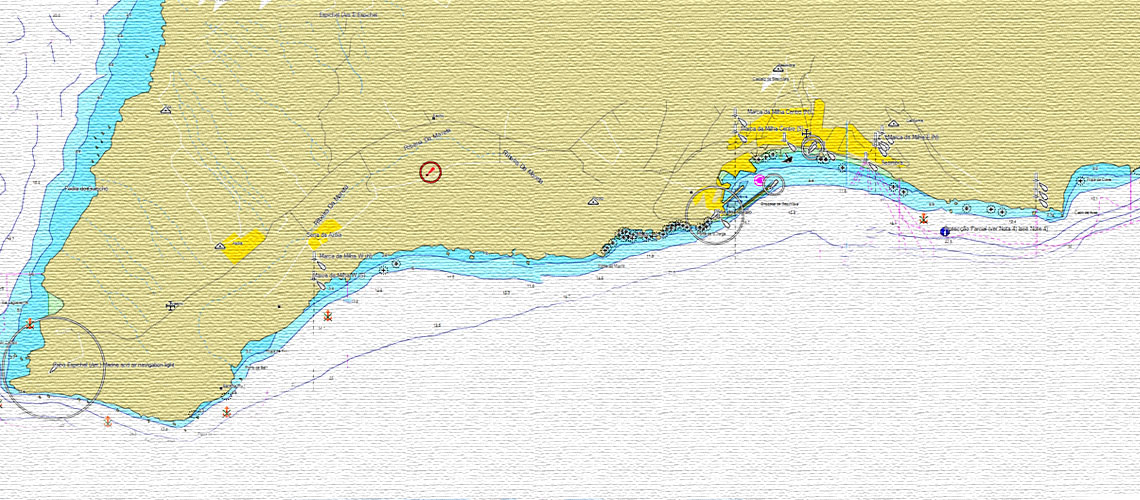
Sesimbra is located in a huge bay facing south, the weather being predominantly north, it is very sheltered throughout the year allowing unique conditions for diving.
The water temperature varies between 14ºC in the winter and 20ºC in the summer, so it is ideal to use a semi-dry suit in the summer and dry suit in the winter.The visibility varies between 5 meters and 15 meters, however, all dives have a great amount of life due to more than 1400 species in the area.
Dives are done in semi-rigid boats and the trips are usually short and it's usual to return to the boarding pier after each dive.
Customed for the efficiency and comfort of divers, we have male and female spas with a capacity for 60 people, hot water shower with towel, two classrooms, technical zone with all equipment to rent, shop with the best brands and a place where you can relax before and after dives. We are an Aqualung center with about 50 equipments available for use by our customers.
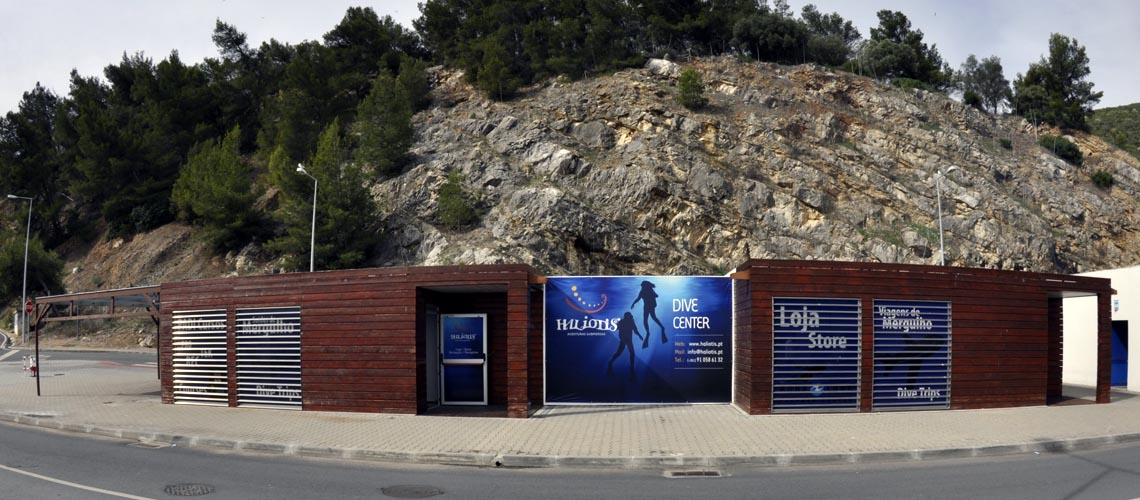
In our center you will find a shop specialized in diving equipment, two classrooms, male and female spas, filling station, space to wash and dry your equipment as well as a terrace area where you can relax after your dive.
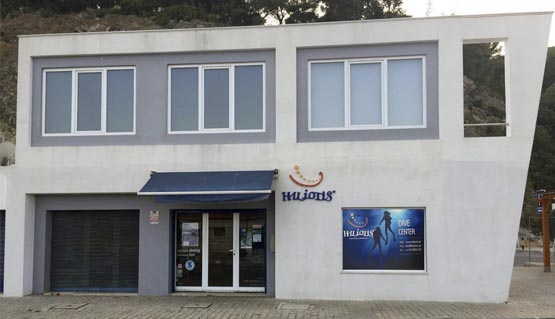
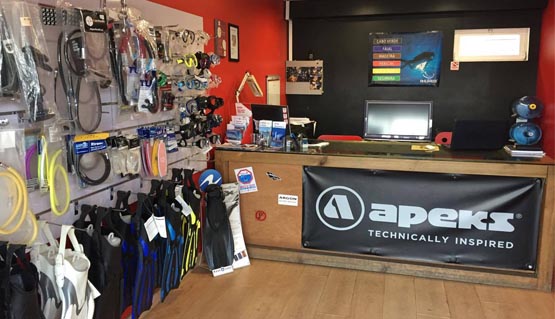
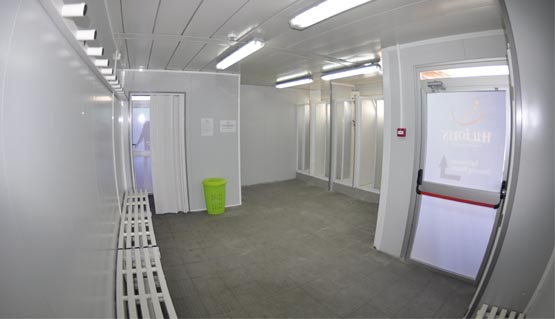
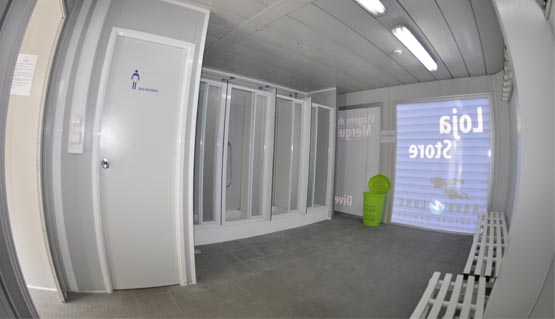
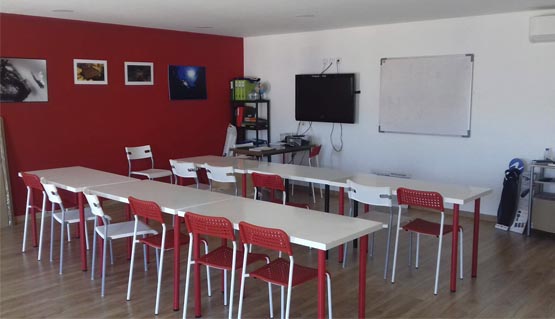
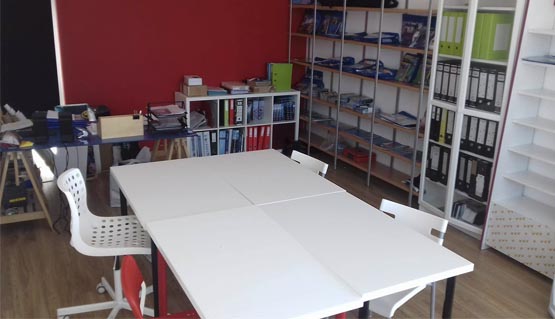
Know the characteristics.
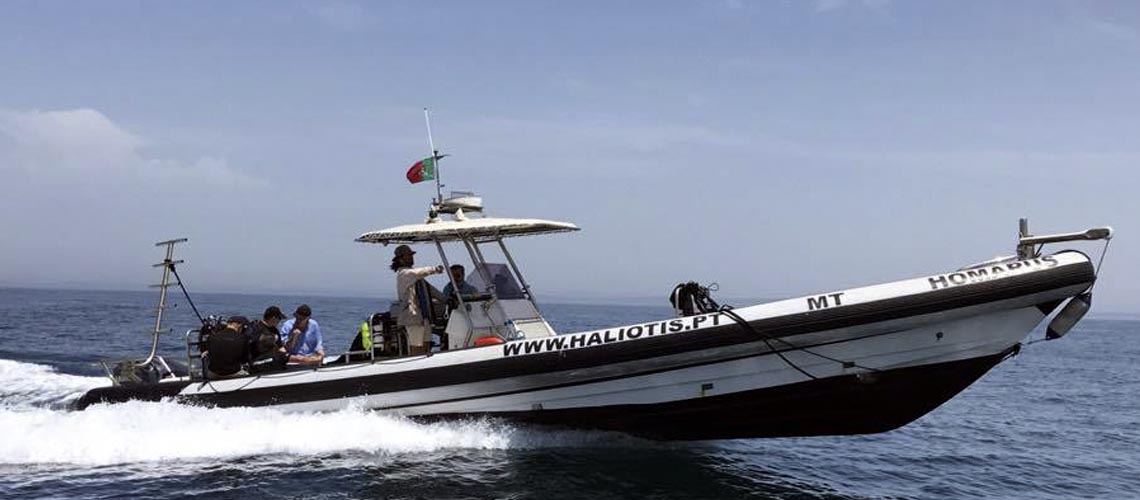
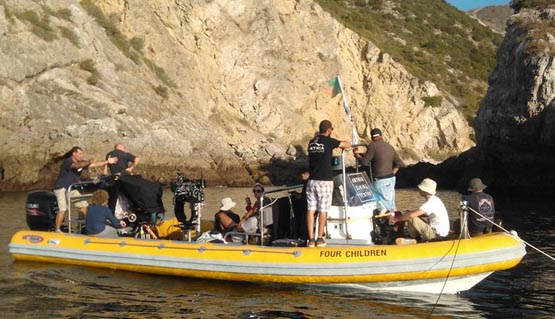
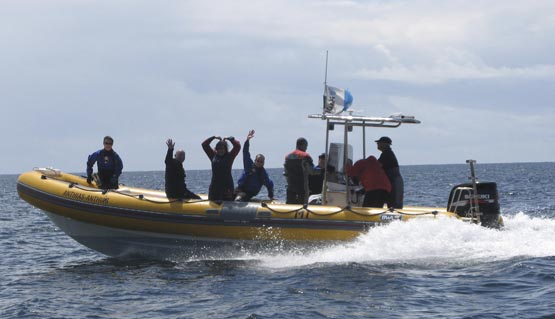
Know our roots.
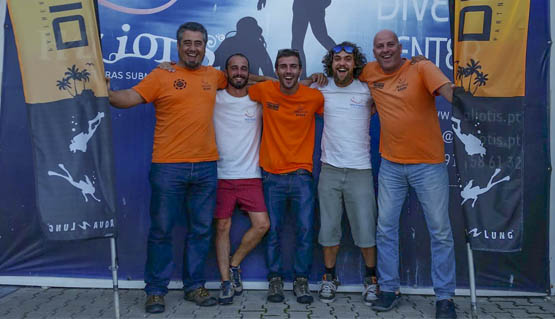
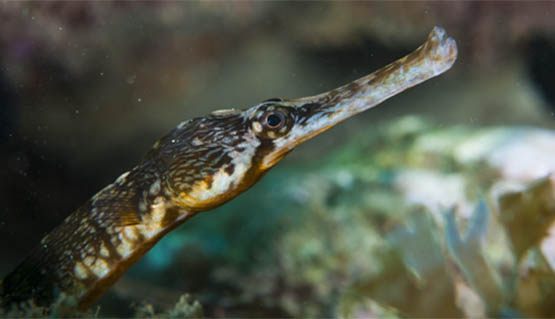
Meet the members of our team, who work daily to provide the best underwater experiences.
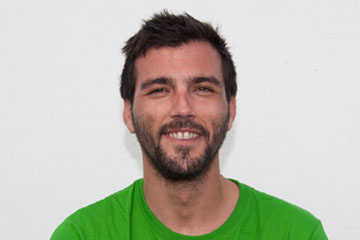
Paulo Freitas
Base Leader paulo.freitas@haliotis.pt
Hillary Santamaria
Dive Instructor hillary.santamaria@haliotis.pt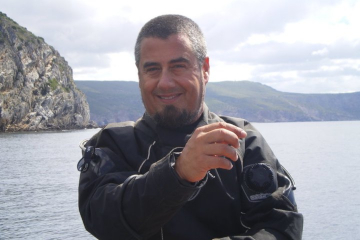
Paulo Guerreiro
Dive Instructor paulo.guerreiro@haliotis.pt
Tel. +351 910 586 132
Tel. +351 218 006 356
Fax. +351 210 996 386
e-mail: sesimbra@haliotis.pt
Licenced by Instituto de Desporto de Portugal

All insurance by Mútua dos Pescadores

Operator Maritimo Turistico with licence Nº17 by Capitania do Porto de Peniche

Tourism licence 9/2009

Licened by Instituto da conservação da Natureza

Company registered in RNAAT with activities recognized as Nature Tourism
